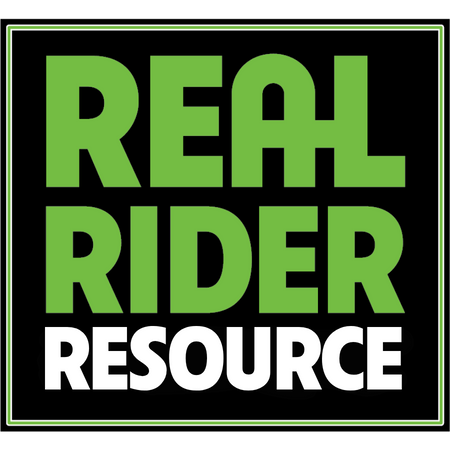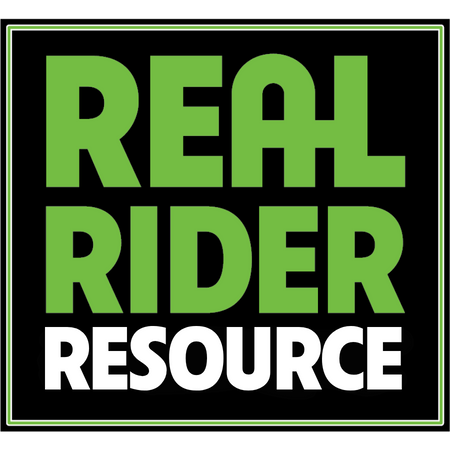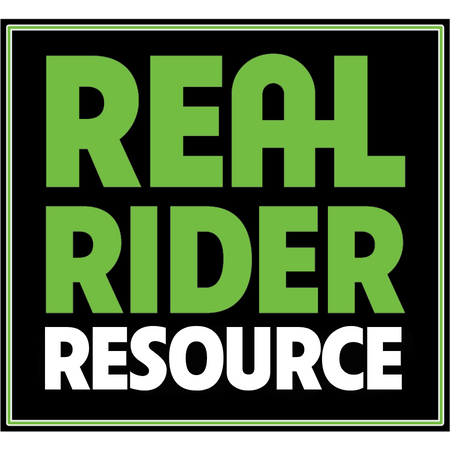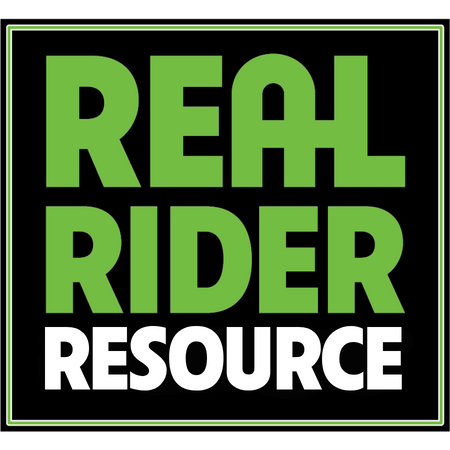Rabies in Horses: Causes, Signs, Prevention & Response
Rabies is a fatal, zoonotic viral disease. It moves quietly—from wildlife to barns—and once signs appear, there is no cure. This guide covers how it spreads, what to watch for, how vaccination and hygiene help, and what to do immediately after a suspected exposure.
The Virus & How It Spreads
Transmission: Rabies virus is shed in saliva. Horses are typically exposed through bites from infected wildlife (bats, skunks, raccoons, foxes) or when saliva contacts fresh wounds or mucous membranes. After entry, the virus travels along nerves to the brain, causing progressive neurologic disease that is fatal once signs appear.
Clinical Signs & When to Call
- Early behavior changes (anxiety, agitation or unusual quietness), hypersensitivity to touch/sound
- Ataxia (incoordination), weakness, progress to paralysis; difficulty swallowing, drooling/foaming
- “Furious” (aggressive) or “dumb” (depressed, lethargic) presentations
- Colic-like signs, self-mutilation, or sudden death in some cases
Prevention: Vaccination & Barn Hygiene
Core vaccination
- Annual rabies vaccination for all equids (AAEP core). Follow your veterinarian’s schedule for foals, broodmares, and adults.
- In many states, rabies vaccines must be administered by or under the supervision of a licensed veterinarian to be considered valid—check your local regulations.
Wildlife & vector pressure
- Secure attractants: Seal feed bins and maintain clean aisles, stalls, and feed areas to avoid inviting wildlife. Clean surfaces and gear with SuperClean™ as part of a regular sanitation plan.
- Insect control: Use Citraquin® Environmental Defense Spray to deter biting insects that exacerbate skin irritation and can spread other pathogens.
- Daily look-over: During grooming, use ShowBarn Secret® products (rinse thoroughly) to keep skin and hair clean and to spot bites/scratches early.
Wound Management (While You Wait for the Vet)
Safety first: Wear gloves, avoid saliva contact, and do not apply products directly into an open bite wound unless your veterinarian specifically instructs you.
- Per veterinary guidance, you may gently protect surrounding, clean, intact skin for comfort—e.g., RESTOREaHORSE® Liqui-Gel Salve or Rapid Relief Restorative Cream—taking care to stay well around, not on, the wound margins.
- For muscle soreness after vet clearance, choose targeted Draw It Out® 16oz Gel or broader Concentrate as directed on label.
Note: Your veterinarian will direct cleansing, biosecurity, quarantine, and any required testing or reporting steps.
Post-Exposure Protocol
- Isolate & limit contact: Move the horse to a secure stall. Post signage; restrict access. PPE (gloves, eye/skin protection) for any essential handling.
- Call immediately: Contact your veterinarian and local public-health authorities for official guidance. Rabies is reportable.
- Follow directives: Your vet and public-health officials will advise on quarantine, observation, vaccination status review/boosters, or testing. Requirements vary by state and vaccination history.
- Protect the team: List all potential human/animal exposures. Follow public-health instructions for people who may need medical evaluation.
Quick FAQs
Is there any treatment once signs start?
No. Rabies is nearly always fatal once clinical signs appear. Prevention and fast action after suspected exposure are the only ways to protect horses and people.
Do bats in the barn matter?
Yes. Bats are important wildlife but can carry rabies. Avoid contact, exclude bats from living spaces, and call authorities if direct contact or a bite is suspected.
Can I keep working the horse during evaluation?
No. Isolate the horse and stop all non-essential handling until your veterinarian and public-health officials clear the situation.
Who do I report to?
Your veterinarian will coordinate with state animal health and public-health officials. If in doubt, call your vet first and follow their direction.










